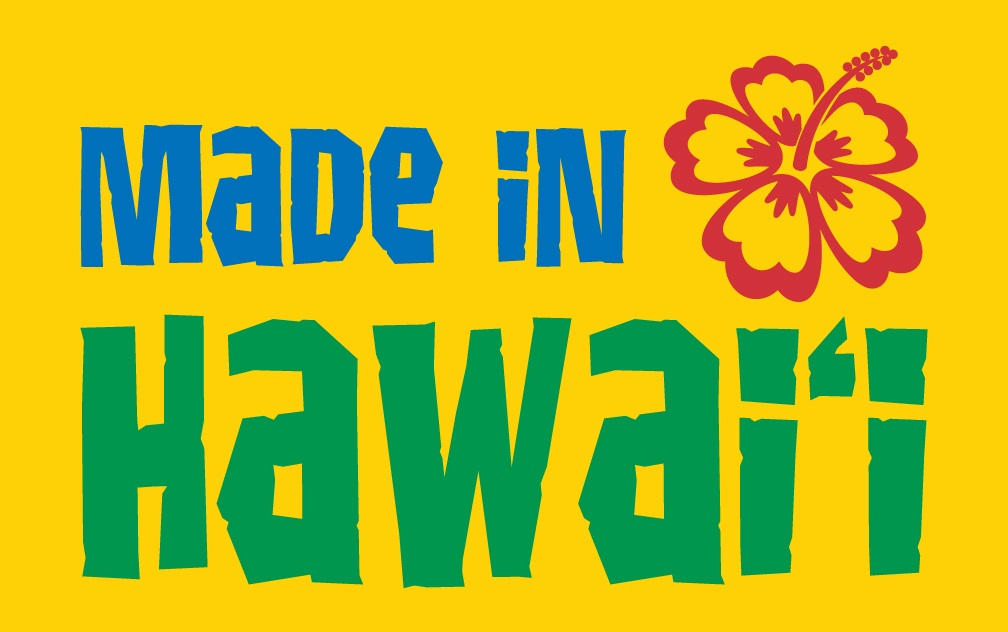
**IMPORTANT PARK NOTICES**
Monitor weather reports before your park visit.
•
[KAUA’I] UPDATE 12/18/25 Kalalau trail has REOPENED.
•
[OʻAHU] UPDATE 12/15/25 — Ka\'ena Point State Park: Mokulē\'ia Section Vehicle Access Gate is temporarily CLOSED due to saturated road conditions.
•
[ALL ISLANDS] UPDATE – 12/12/25: Camping - Reservations for February 1, 2026 and beyond available at https://explore.ehawaii.gov, please create an account on Explore Outdoor Hawaiʻi to make a camping reservation.
Boating Nāpali
Other than hiking the coast, the only way to legally access shore areas in Nāpali Coast State Wilderness Park is by boat. Personal or rented kayaks and guided kayak tours may land at two permitted areas, and motorized raft tours take passengers on shore at Nu’alolo Kai. These zodiac tours enjoy a scenic view of the coast, with snorkeling, lunch and guided tour through an archaeological complex.
One of the nicest ways to see Nāpali Coast is by paddling down the coast. This activity is permitted only during the summer months, between May 15 and September 7. Unpredictable sea conditions make it potentially unsafe during the remainder of the year. The most popular way to travel by kayak is to start from the Ha’ena (eastern) end of the coast and pull out at Polihale Beach, on the western end of the coast. This takes advantage of the prevailing currents and trade winds.
If you choose to travel down the coast by kayak, you should be prepared and take the proper precautions. Start early in the morning when winds and seas are calmer. Bring a sufficient quantity of water – one can easily become dehydrated in the hot sun. Wear appropriate gear. You should be in excellent physical condition, a strong swimmer, and have some experience with a kayak before attempting the trip. Those prone to seasickness should take preventative measures or consider hiking the trail instead.
Do not attempt a kayak trip if there are large waves. Taking off and landing can be very tricky in even small surf. The light kayaks are easily capsized in “shorebreak”, waves which form up and break close to shore. Large swells rarely last in the summertime. Delaying your trip by a day to wait for smaller surf is a small price to pay to avoid a potential disaster.
There are two legal kayak landing areas along the coast. The first is Kalalau Valley, where landings are allowed with a valid camping permit issued by State Parks. The second legal kayak landing is at Miloli’i. Kayak landings are prohibited at all other beaches in the park, including Hanakapi’ai, Honopu and Nu’alolo Kai.
Kayaking also affords you a camping option not available to hikers. Beyond Kalalau Valley, there are several valleys and offshore reefs. Miloli’i Valley is accessible by boat only, and camping is allowed here during the summer months. Permits are required to stay overnight. However, day use landings are allowed during the summer (May 15 through September 7) without a permit. Miloli’i has a channel through the reef facilitating boat landings on the sand beach.
The Hawaiʻi State Parks Division does not rent kayaks. There are many outfitters on the island of Kauaʻi who provide this service. Some offer guided tours that traverse the entire coast in a day, with a lunch stop at Miloli’i Beach. Camping along the coast without possessing a valid camping permit can lead to confiscation of your vessel, regardless of whether it is your property or a rented boat.


